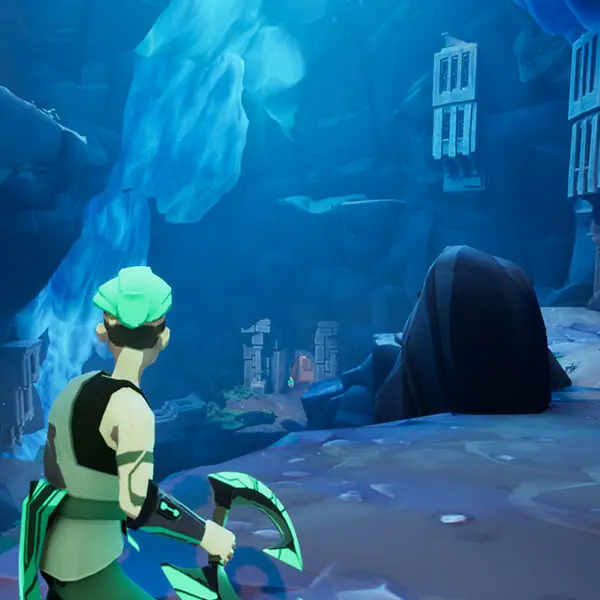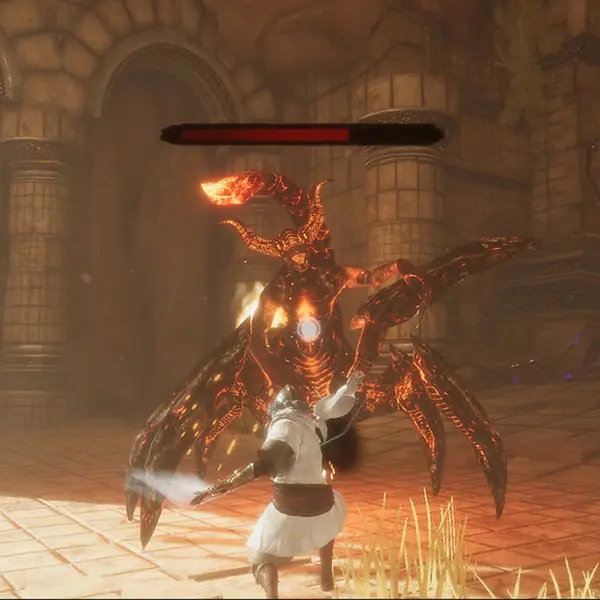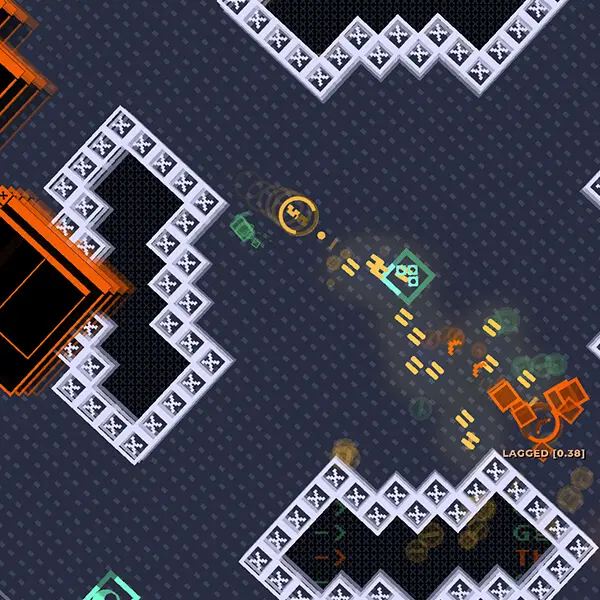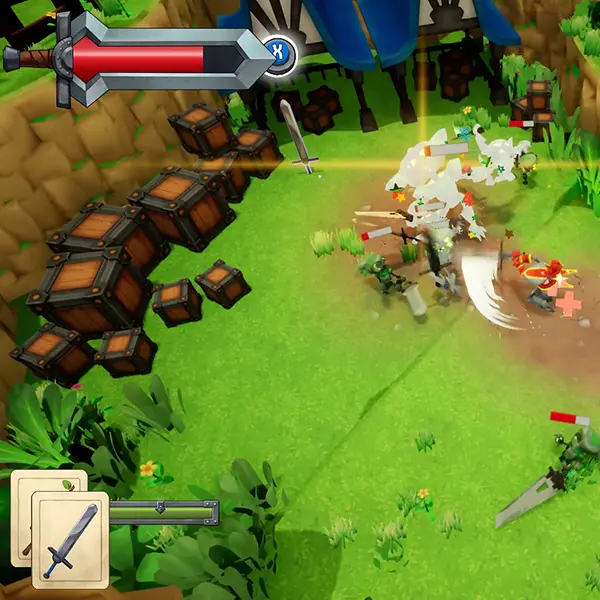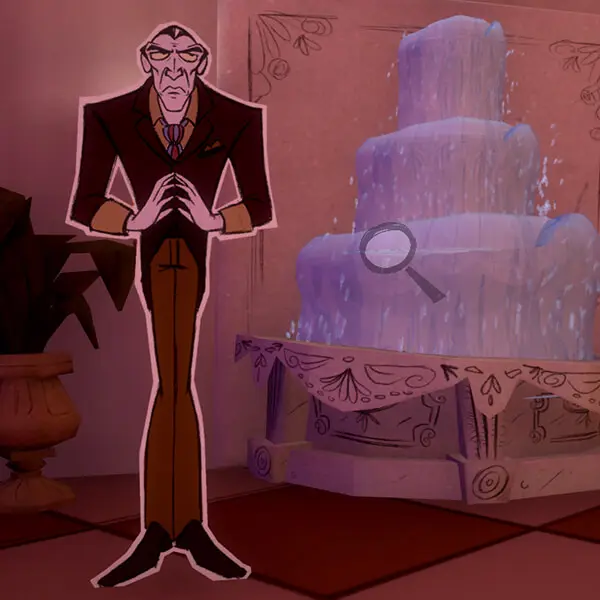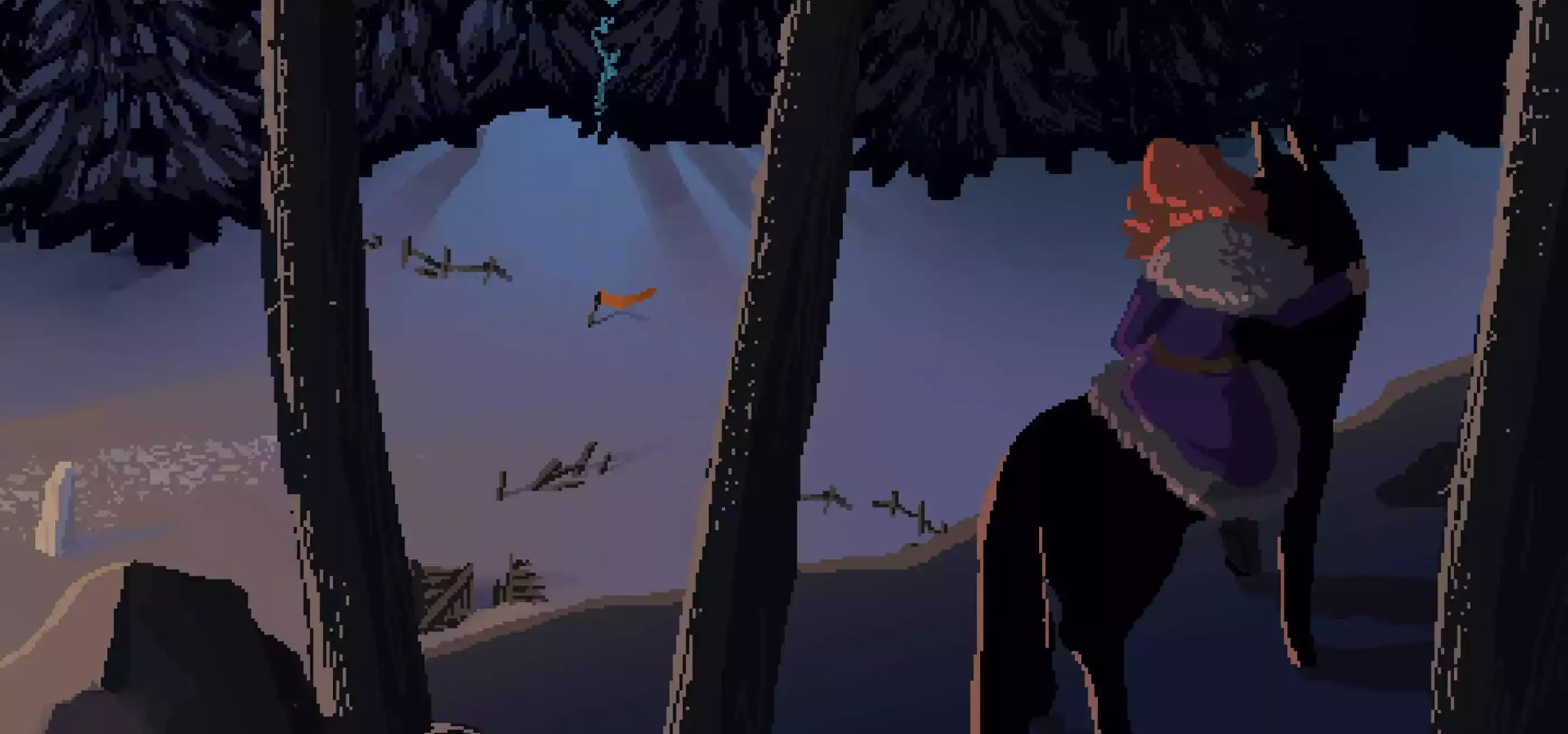DigiPen’s BA in Game Design program is built around six design concentrations — level design, narrative design, systems design, technical design, user experience design, and user research. Students spend their first two years learning about each design discipline, then choose two they would like to specialize in at the end of their sophomore year. While all six disciplines overlap and interact with one another, this series takes a closer look at each individual concentration.
When someone sits down to create a story for a book or a film, that story typically moves in one direction: forward. From beginning to end, readers and viewers follow the linear tale you’ve laid out for them, with all the plotted peaks and valleys between. Not so with video games. “Once you take fiction and put it into a game format, you’re taking most of the control away from the author or director,” says DigiPen narrative design instructor Angie Hoffman. “The story is in the player’s hands now.”
In the interactive domain of narrative design, story is much more than words or a script — it becomes everything the player does and experiences. “Narrative designers are there to add story context throughout the entire game, not just during story-driven moments. They work with story so that play has meaning,” Hoffman explains. “We help create the larger vision, and then coordinate the different disciplines in order to best tell it together.” That larger vision serves as the thread that pulls players throughout the entire game. “We create the motivation and emotional payoffs players seek to get to the next door, level, or boss fight,” Hoffman says. “The name of the ‘bad thing,’ how they became corrupted, why they need to be defeated, and what the player will gain from the ‘win’ in story terms.”
The written word is just one small tool in a narrative designer’s toolbox, which encompasses cutscenes, dialogue, descriptions, characters, environments, objects, references, color, sound, music, gameplay, and more. “I like to remind my students that, when it comes to narrative design, focus on ‘play’ and not ‘display,’” Hoffman says. “You can use words, of course, but a narrative designer’s most important storytelling tool is not the written word: It’s our experience as game designers.”
In fact, narrative designers end up interacting with nearly every other design discipline in the course of their work. “A good narrative designer should have experience in audio, graphics, acting, and psychology, just to name a few,” Hoffman says. Whether collaborating with systems designers on core gameplay mechanics, artists and level designers on ambiance, or audio designers on wrangling voice actors, a narrative designer is there to implement story into every area of the project they can. “Take Hades, for example, with the boons that the protagonist Zagreus can choose from each Greek deity,” Hoffman says. “The goddess of love Aphrodite’s ‘Heartbreak Strike’ deals more damage and inflicts weak on enemies. Both the name of the boon and the effect are themed to the game, the world, and the lore. This is the kind of work you might not realize a narrative designer would bring to a studio.”
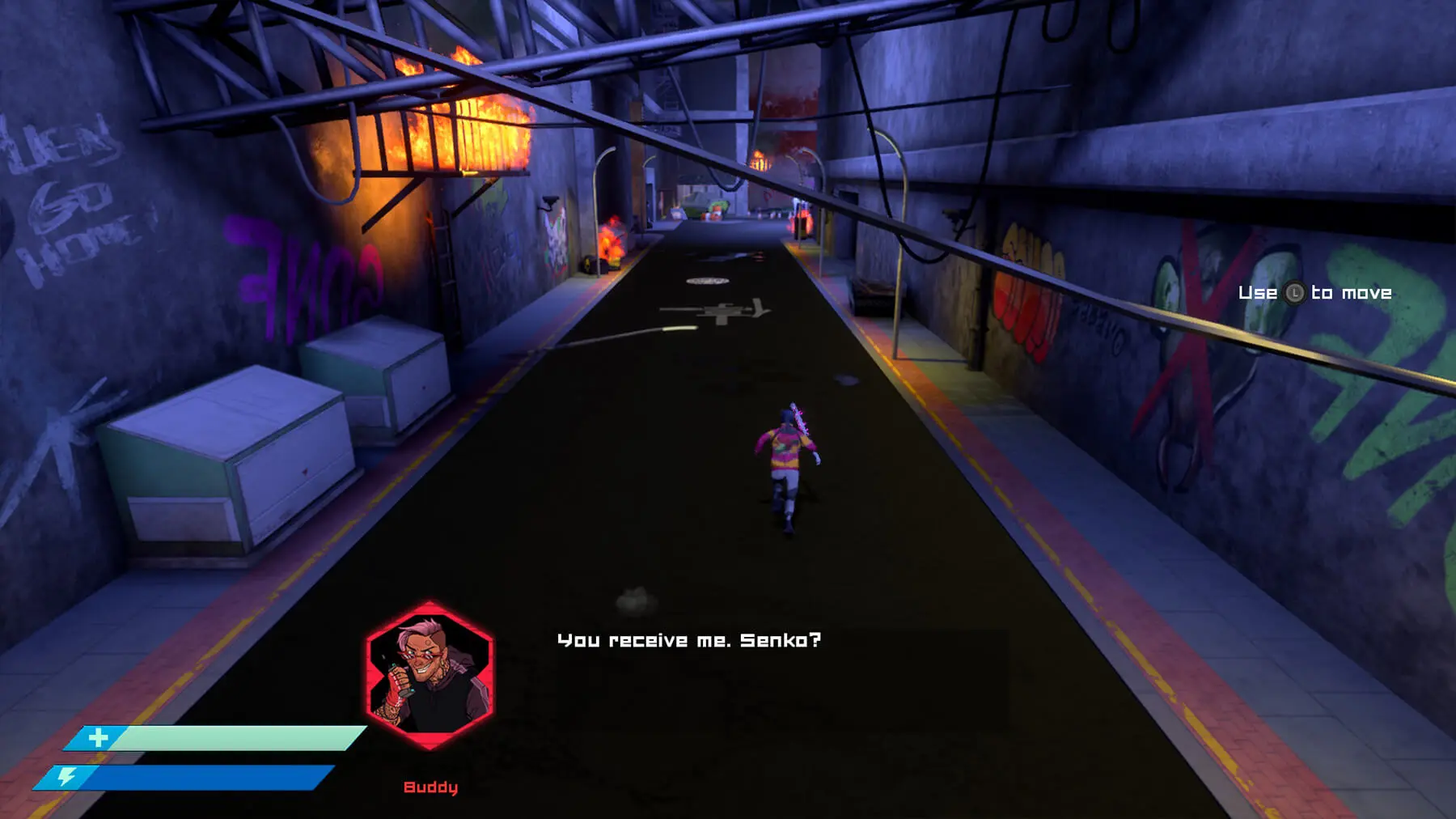
Given that players themselves are driving the story, part of a narrative designer’s role is to consider the unexpected paths they might take. “As a narrative designer, think of yourself as a DM in a tabletop game. Try to anticipate all of the weird antics your players will get up to just because they can,” Hoffman says. Sometimes it’s necessary to gently steer players in the right direction. That could mean placing players in a choke point, where they must experience a particular quest, dialogue, or cutscene before they can continue. A narrative designer might also dramatically increase the difficulty in areas specifically meant for later in the game’s story. “Or sometimes, you may want to take camera control away from the player to ensure important story information is seen,” Hoffman says. “It’s a balance between giving and taking control from the player.
In their introductory narrative design course, DigiPen students pick apart all the elements that form the narrative structure of a story-driven game. “This coming semester we’ll be playing through Detroit: Become Human, and analyzing the game through the lens of narratology,” Hoffman says. “Some of the topics we will discuss are interactive fiction, branching narratives, character development, dialogue, dialogue engines, emotional storytelling, tutorials, and cutscenes.” In the more hands-on intermediate course, students begin creating detailed character bios and weaving them into a number of scripts, written in both a traditional screenplay format and an “active” format for games using Excel. “Watching these characters genuinely come to life over the course of a semester is one of my favorite experiences at DigiPen,” Hoffman says.
DigiPen BA in Game Design student Raven Montoya on diving into narrative design:
“Video games have grown as an art form over the years, and narrative is one of the best reflections of that. Video games started out with very little narrative, Pong for example. Then they began to have a simple but more defined narrative with games like Super Mario – you’re a plumber trying to save the princess from a fire-breathing turtle. But then narratives grew and grew in importance until it got to the point where even the simplest games at least try for a narrative-dedicated mode of some sort.
“Not only that, but people remember narratives! People remember when Link first obtained the Ocarina, when Naked Snake saluted Big Boss for the last time, and when Dante cried out in agony over not saving Trish. There are plenty more examples. I don’t want to make games to be forgotten. I want to make at least one moment, a single moment, that people will walk away from and remember. It doesn’t have to be life-changing in some grandiose fashion, but it needs to stick with them. Because that is what narrative does. It sticks with people, and in some little way they are never the same again.”
Related Articles in this Series
